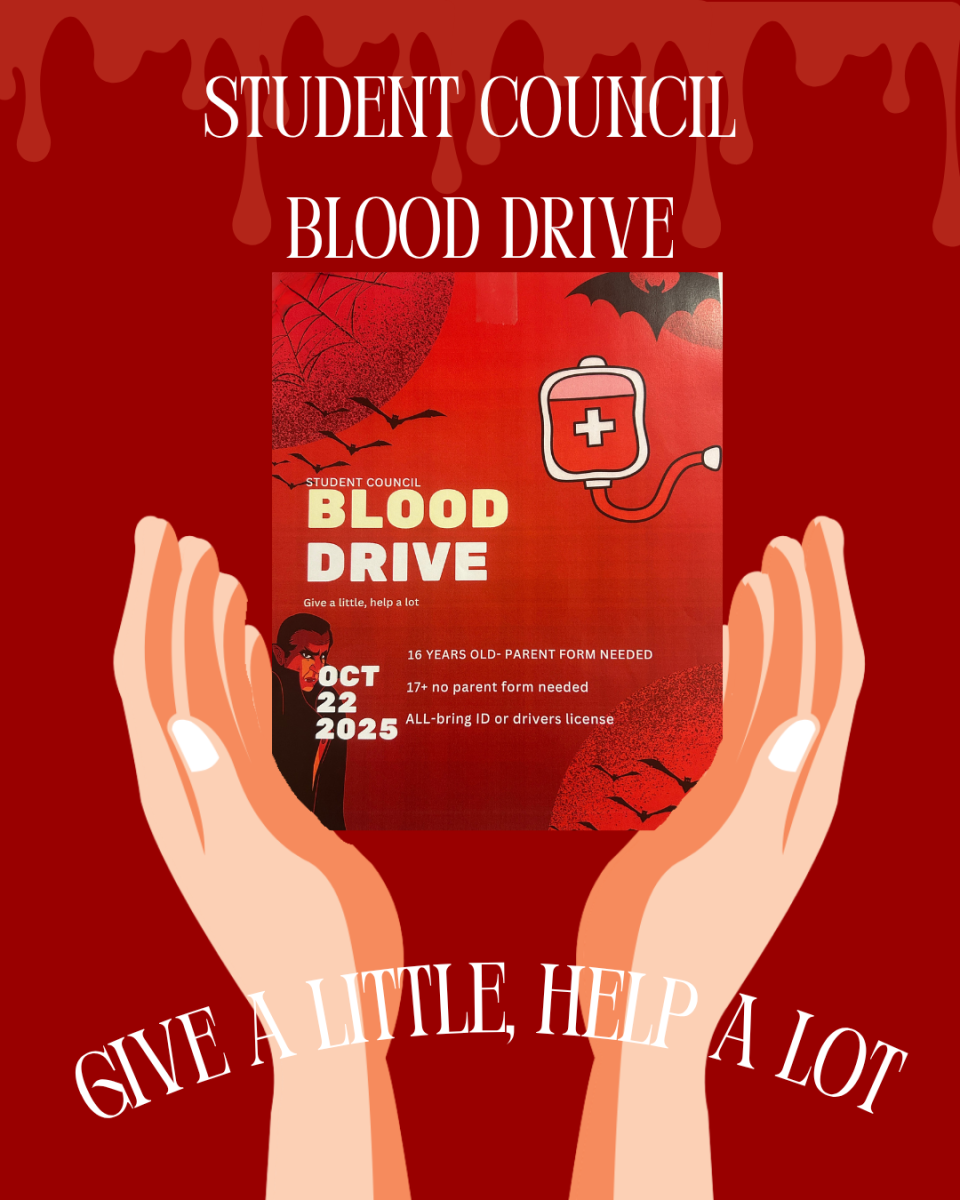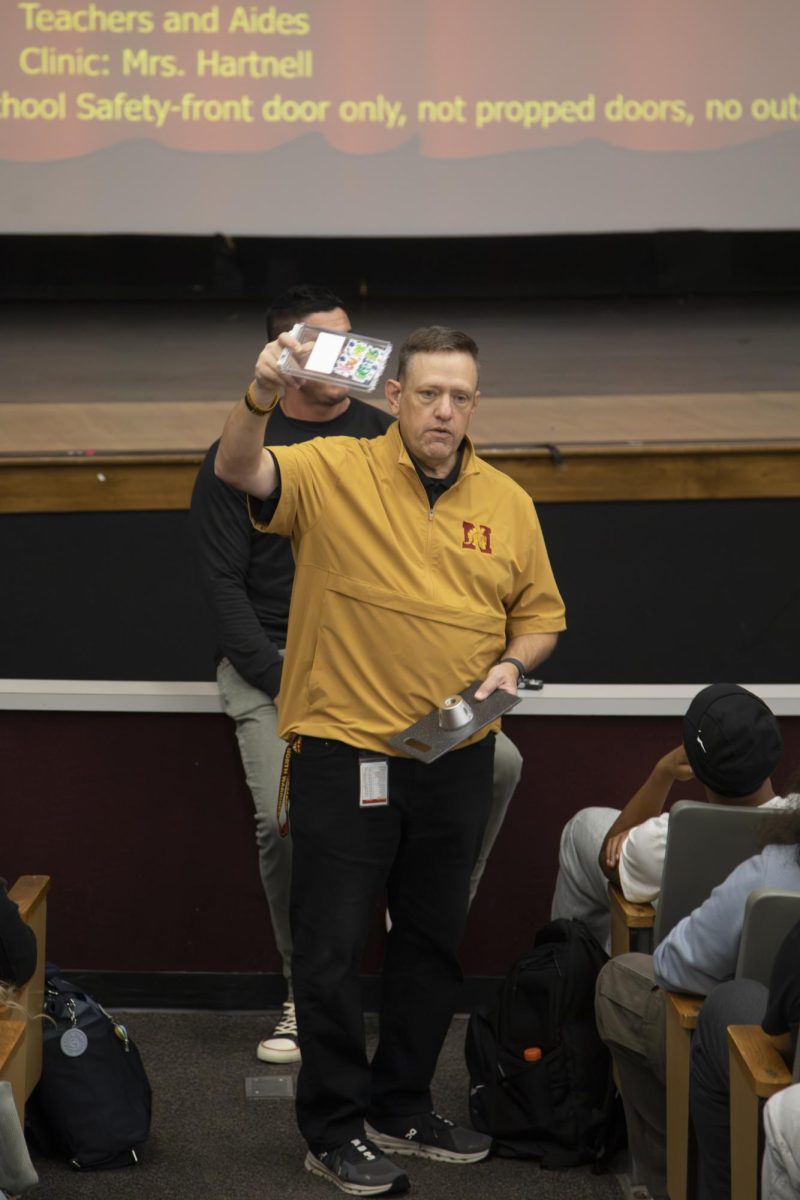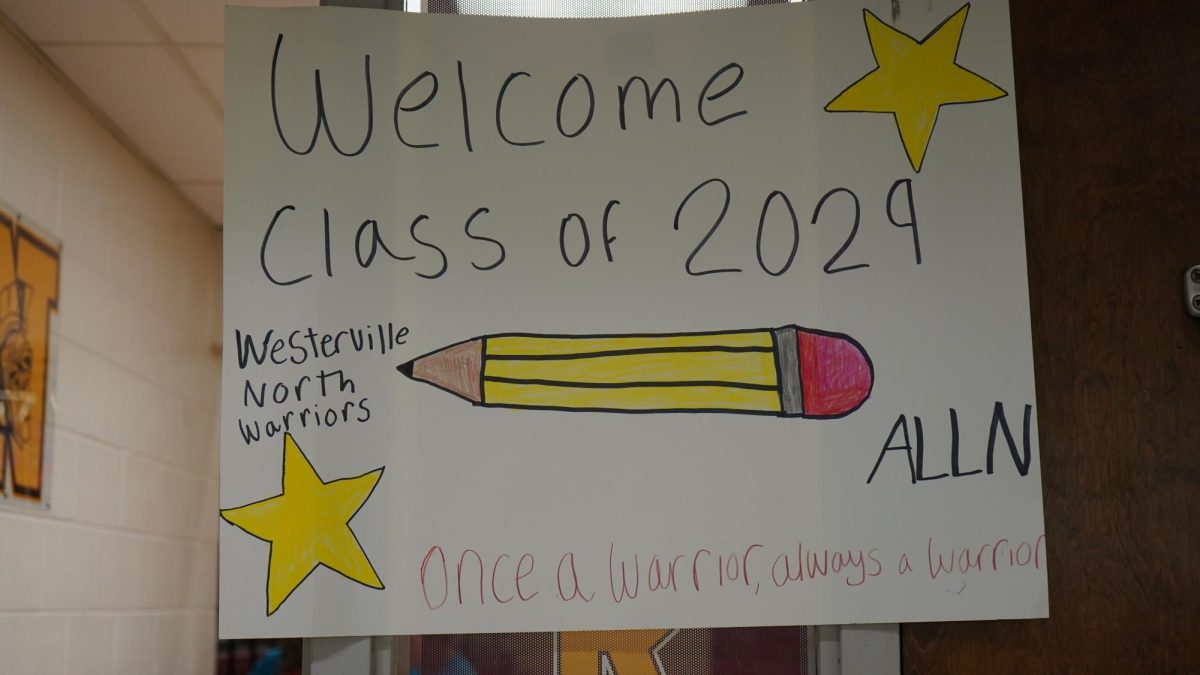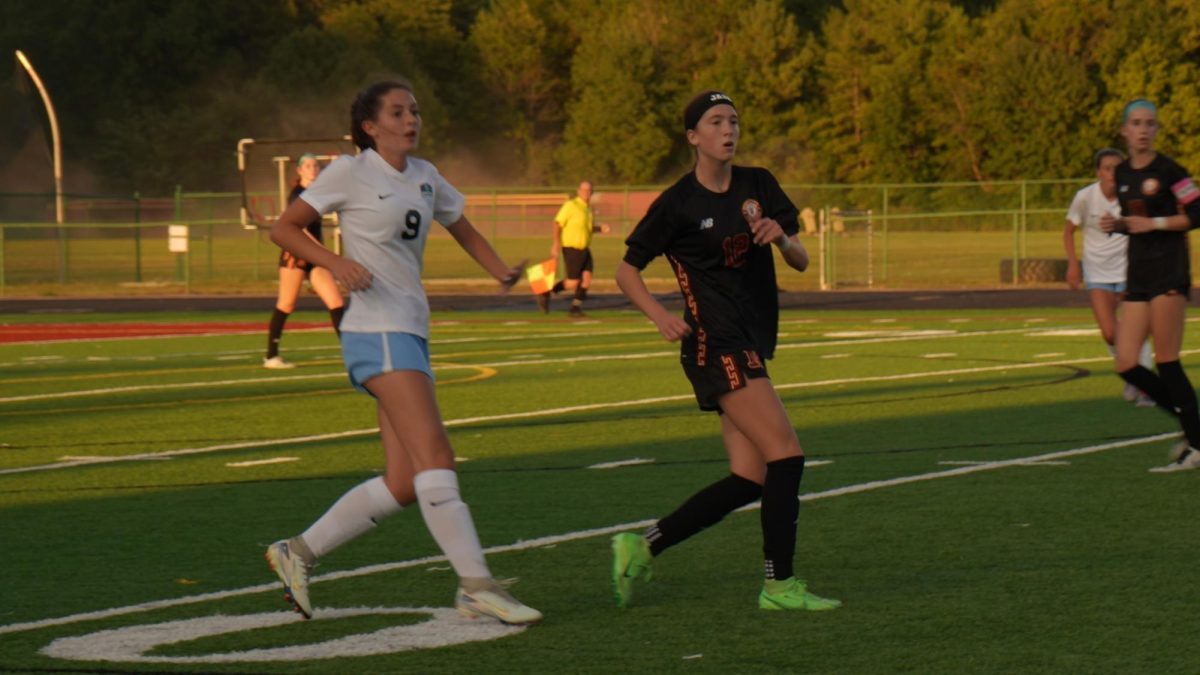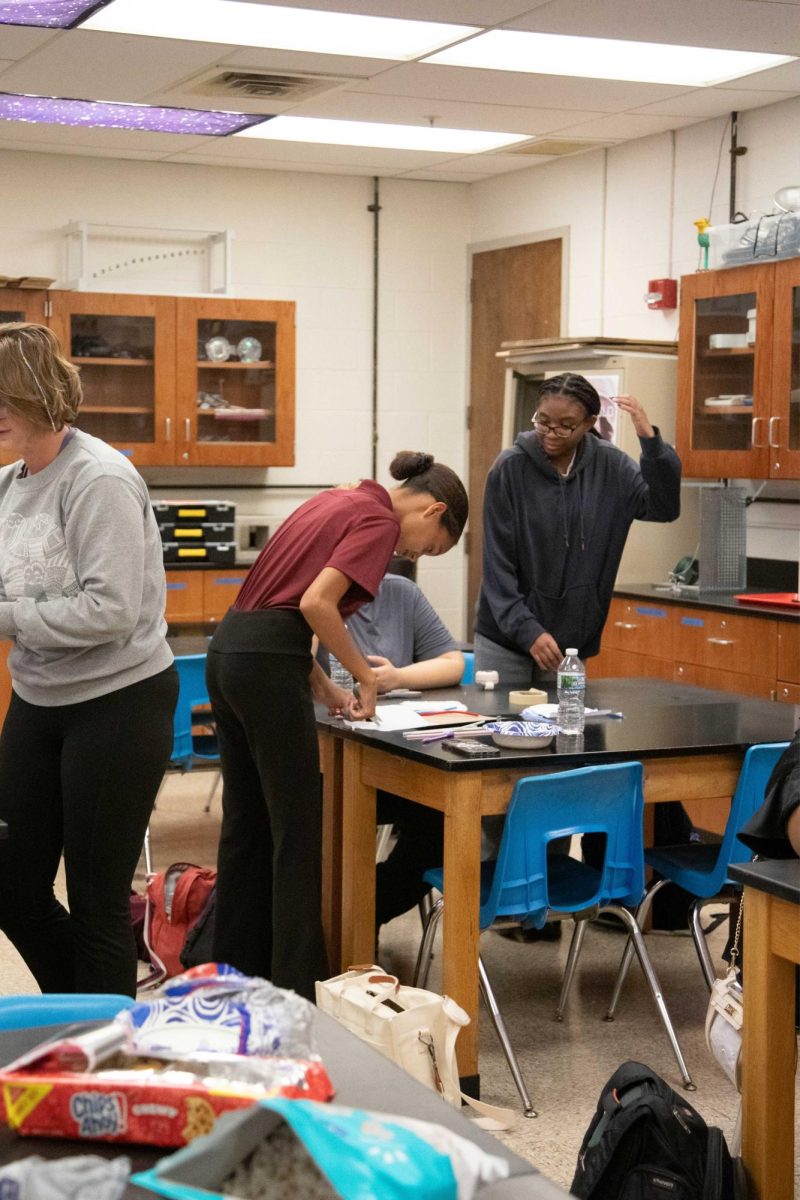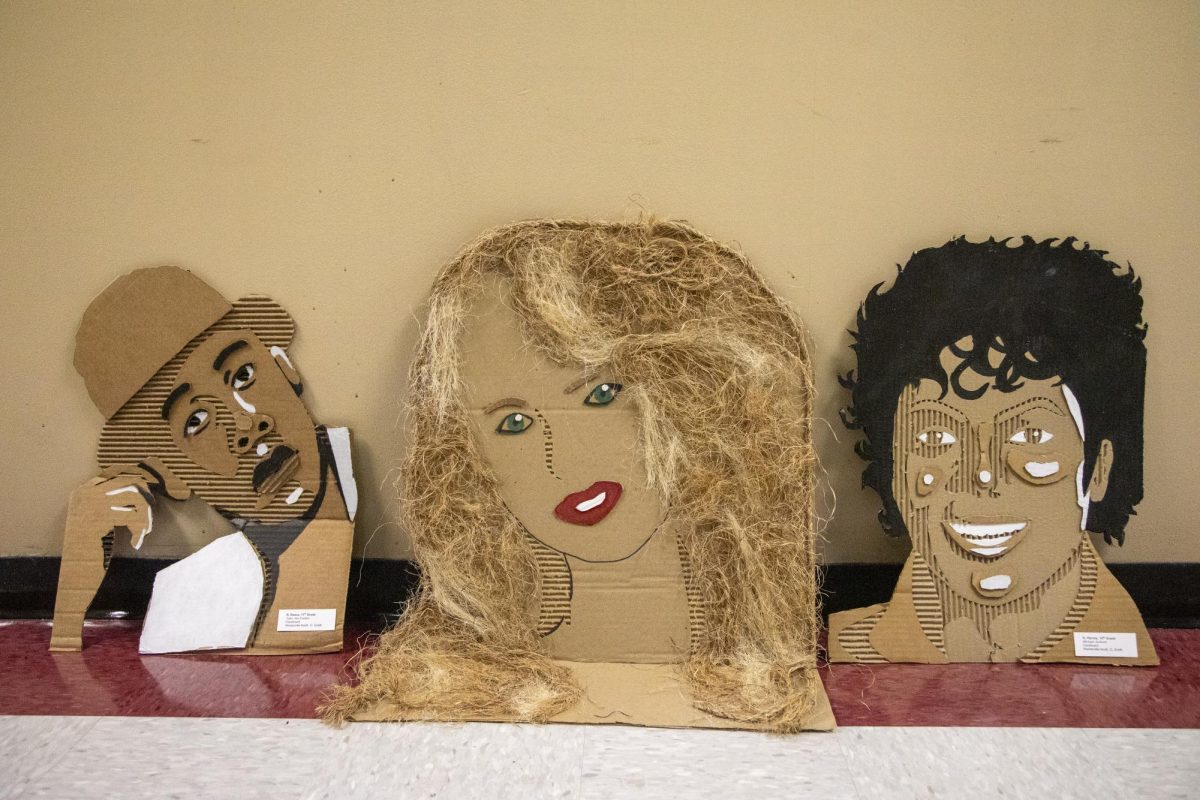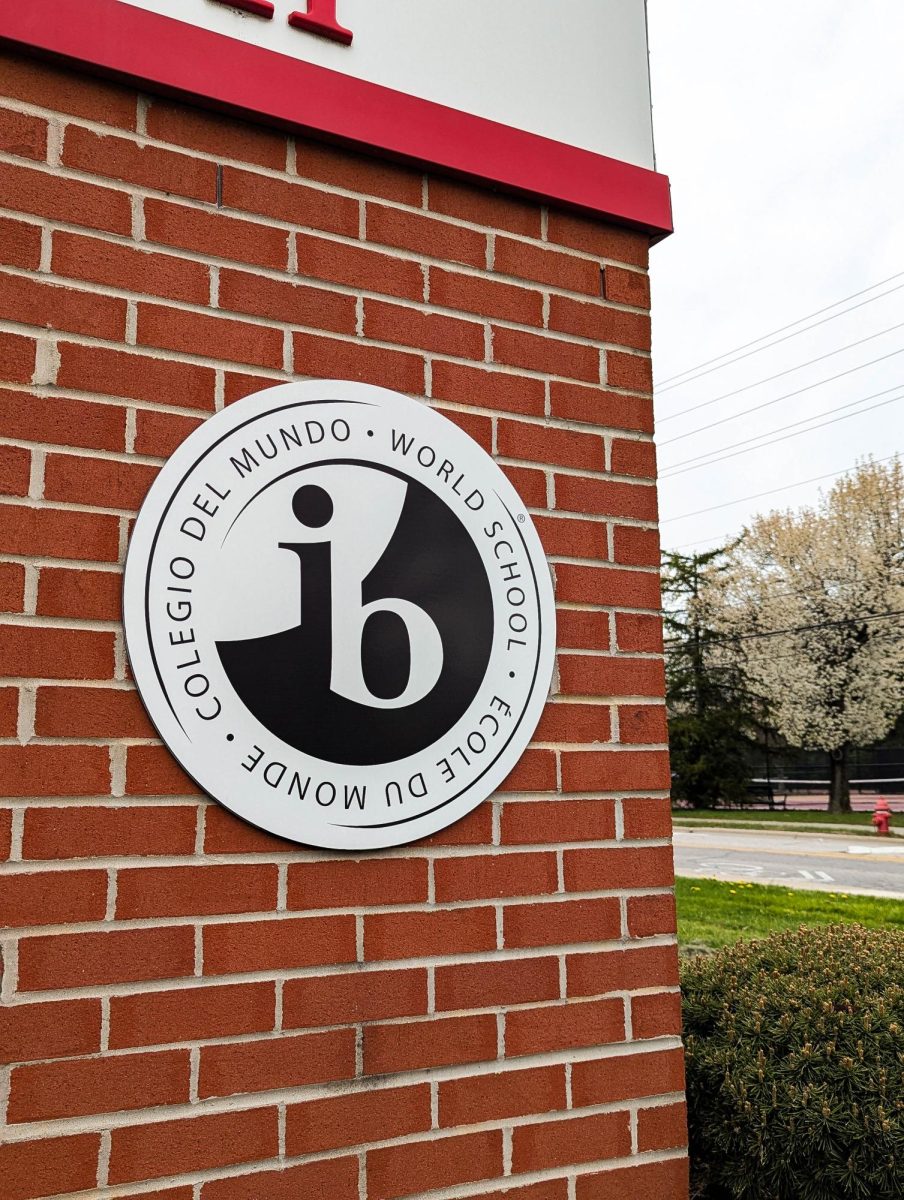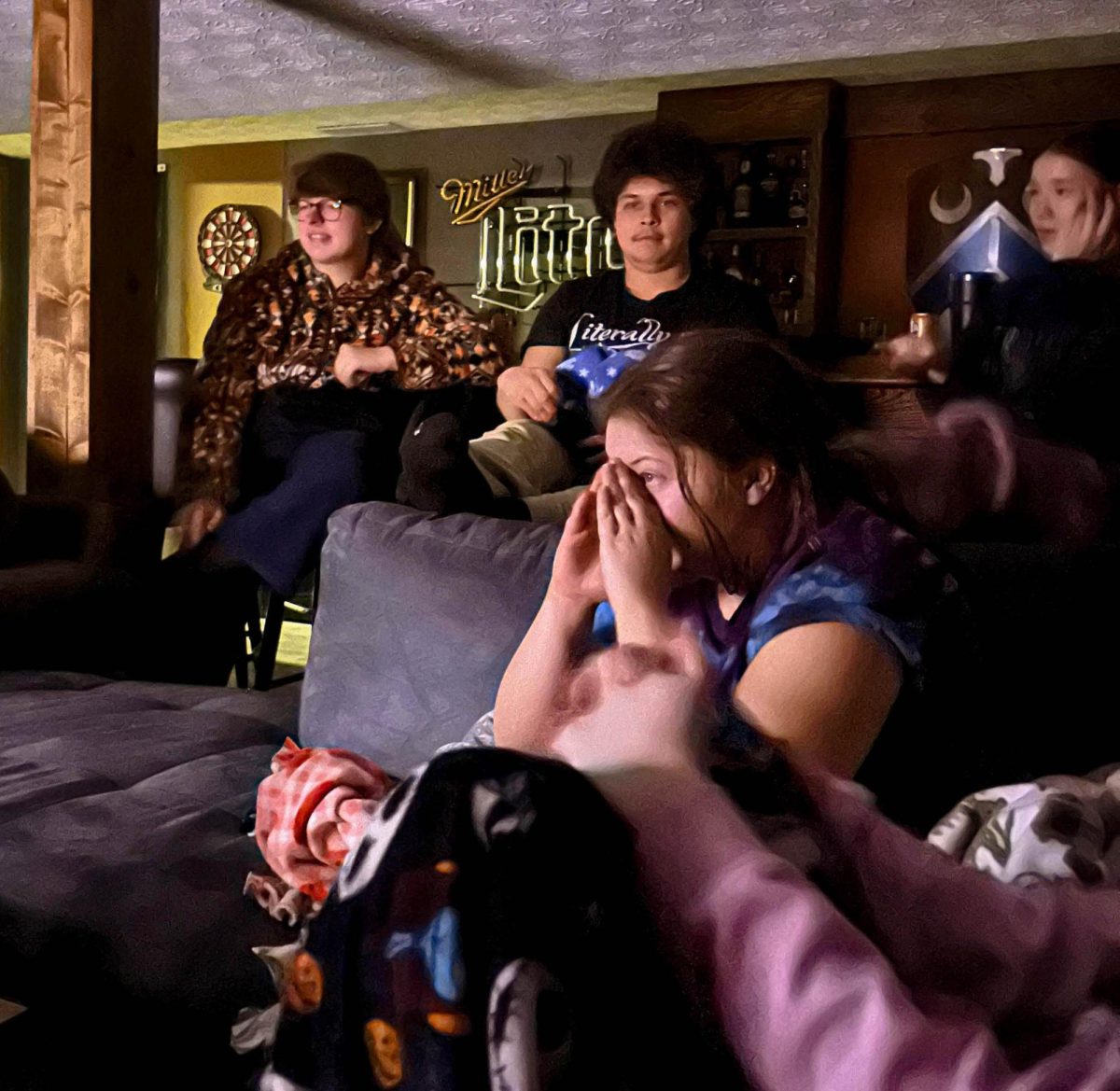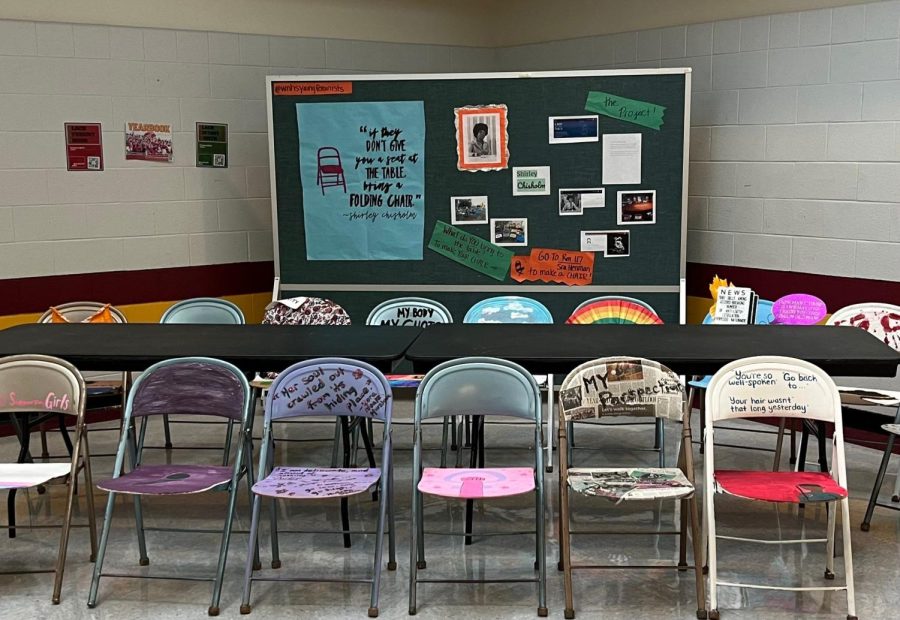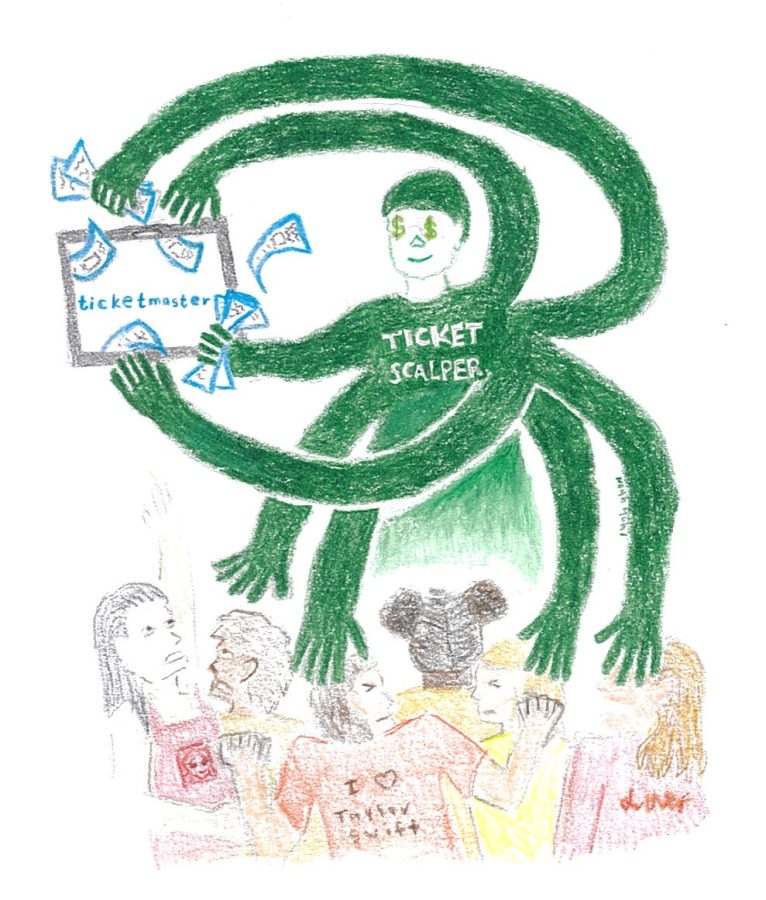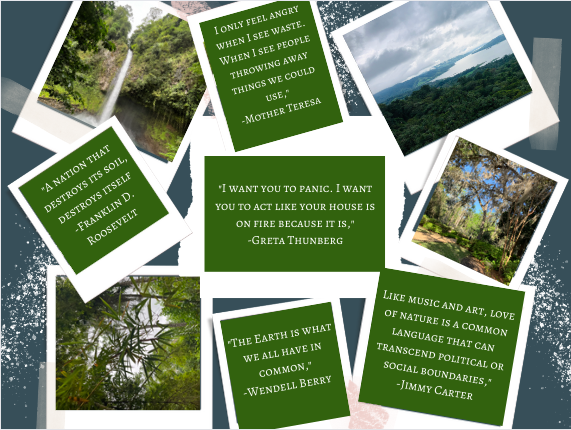
Antarctica’s ice mass has decreased by 151.0 billion metric tons per year since 2002. Greenland’s ice mass has also decreased by 273.0 billion metric tons per year since 2002.
CO2 levels have increased to 419 parts per million (number of CO2 molecules per dry air molecule in the atmosphere), 150% of what it was in 1750.
2016 and 2020 are tied for the hottest year on record, and there are only more to come. The average temperature has increased from 1.1 degrees Celsius or 34 degrees Fahrenheit.
With the increased temperature and the ice melting, sea level has risen up 103 millimeters since 1993. (Global Climate Change: NASA)
These have all been caused by the world’s number one problem: climate change.
Climate change is the long term shift in temperatures and weather patterns. Some of these shifts can be natural, but for the most part, it is due to human activities.
Not only is climate change harming the environment, it is also harming humanity’s health.
“Climate change is the single biggest health threat facing humanity. The impacts are already harming health through air pollution, disease, extreme weather events, forced displacement, food insecurity and pressures on mental health. Every year, environmental factors take the lives of around 13 million people,” the United Nations said.
According to the Washington Post, next year, British climate researcher Gina Moseley will head an expedition into caves that the world has never explored before. She will explore Wuff Land, which is so far north that the sun doesn’t set. She hopes to see how Greenland has reacted in warmer climates in the past to create a clearer picture of what the future could look like. This could potentially be an important discovery for the fight against climate change.
Not only is fighting climate change happening on a global scale, but it also is happening locally.
Staci Tomblin, a freshman at American University in Washington DC and former Westerville North High School (WNHS) student, helps to fight climate change in her everyday life.
“The planet isn’t in the state it used to be. Climate change is the worst thing. It is super discouraging to learn about and difficult to be an activist for,” Tomblin said.
Erin Morckel, an AP Environmental Science teacher at Westerville is also helping in the fight for climate change.
“I live and work on a 6 acre farmstead where my husband and I raise livestock, sheep and chickens, and crops to feed 40+ families during late spring and summer through our CSA (community supported agriculture) farm share program. We use organic farming methods to work with nature instead of against it,” Morckel said. “I hope that by teaching students about the challenges and benefits of regenerative agriculture they are more knowledgeable about how most of our food is grown and how conventional farms are a huge factor in climate change.”
At WNHS, there are many student-led clubs that fight climate change as well. Specifically, there is a club called Eco Closet. The Eco Closet is run by Pearl Harris (11), and its purpose is to challenge fast fashion in order to help the environment.
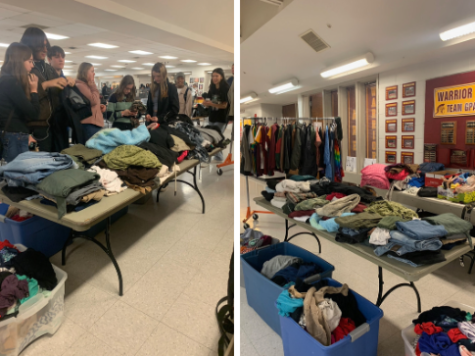
“Fast fashion is clothing that is manufactured in an unethical way just to produce a mass amount of clothes as quickly as possible. It is responsible for eight percent of carbon emissions that are responsible for climate change. It also produces 20% of global wastewater,” Harris said.
Along with Eco Closet, North participates in recycling, as well as plans for future projects for helping the environment.
“There is a community recycling partnership with Trex Company for both the environment and our North community. For each 500 pounds of film plastic – Trex will donate one park bench to our school,” Morckel said.
According to the U.S. Environmental Protection Agency (EPA), only about 32% of Americans recycle. Recycling reduces the amount of waste that makes its way into landfills and prevents pollution.
“I am teaching other people about how to properly recycle. A lot of people think that pizza boxes can be recycled, but they can’t because of all the grease it has on it. Things as small as staples in one’s recycling bin, can ruin the whole bin. In the Environmental Club, we would have to take all the staples out of the papers in order for it to be recyclable,” Tomblin said.
While clothes can’t be put directly into the recycling bin, there are many ways to recycle them in order to better the environment.
“The Eco Closet is a sustainable fashion initiative where people are able to donate clothes and they are sold and traded during school and are accessible to all students. I am hoping to teach people how to shop sustainably and make our community aware of how their choices are affecting the environment,” Harris said.
All of these clubs at North, even with the different purposes are all working together towards one common goal: helping the planet.
There are many ways that one can incorporate techniques that help the environment in their everyday lives. Ways to help include but are not limited to saving energy at home, walking or biking for transportation, eating more vegetables, throwing away less food, reducing, reusing, and recycling materials, switching to renewable energy sources and most importantly, speaking up about it (United Nations).
“I made changes in my everyday life to help the environment. I use a bamboo toothbrush, I prepare meals and I try not to waste any food,” Tomblin said.
Another way to help the environment is to learn about it and how to help. There are many environmental science classes at WNHS to take as well as simply researching the topic. One of these many classes is AP Environmental Science (APES).
“In APES, students learn ways to protect biodiversity, how fragile ecosystems are, alternative energy sources, and the impact of pollution on our health. I hope students use the knowledge gained in our class to think more critically and make decisions that help to mitigate some of these human impacts and take action to improve the environment,” Morckel said.
While the world may never rid itself of climate change, it can be slowed down. Through discoveries happening on a global scale such as Gina Moseley’s work, work done through school clubs, and any other changes that people make in their everyday lives, it could be possible to save the planet.


